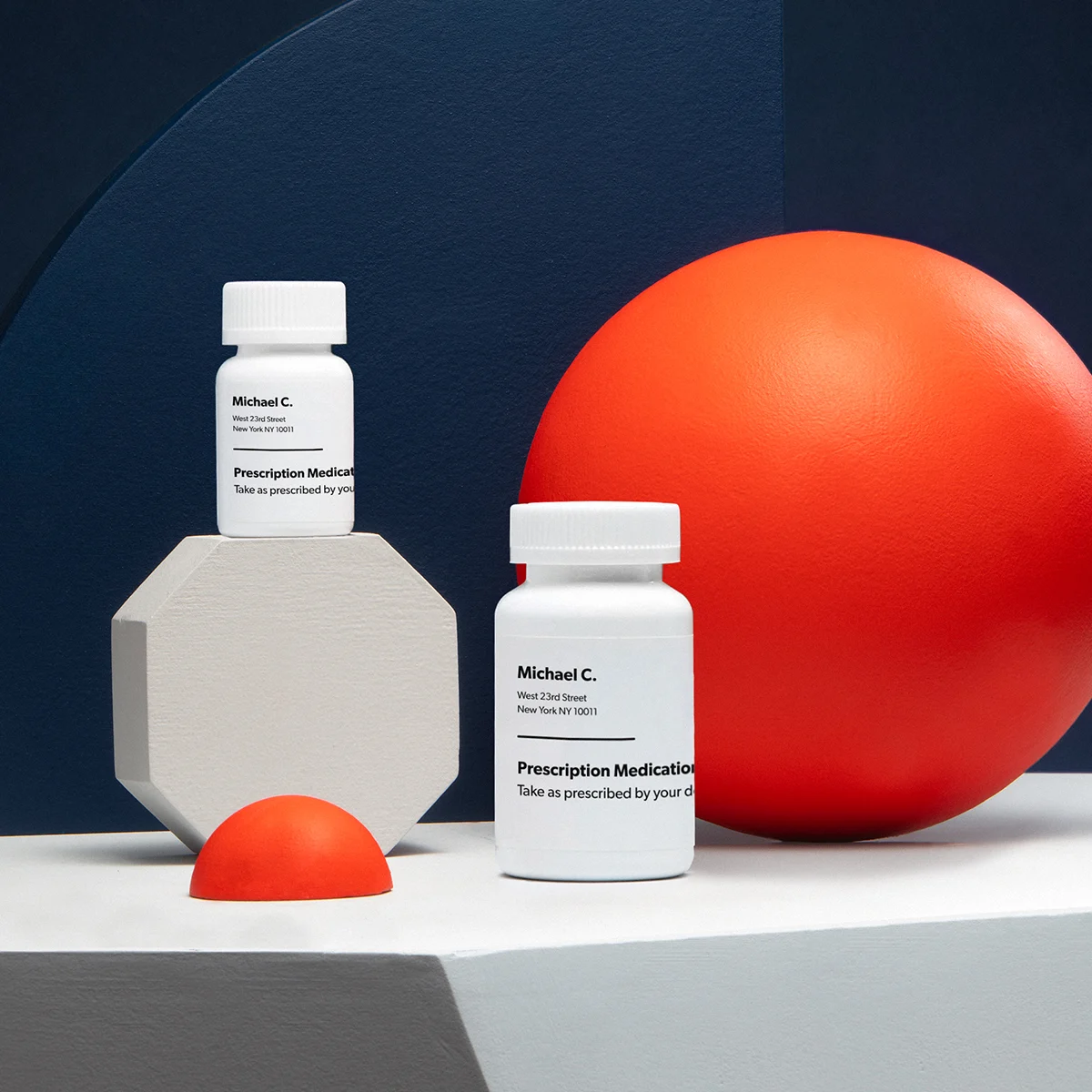Here's what we'll cover
Here's what we'll cover
Here's what we'll cover
The herpes simplex virus (HSV) is a common virus that can cause sores on your genitals and mouth. There are many different types of herpes viruses, but when you hear “herpes,” you’re likely thinking of herpes simplex virus type 2 (HSV-2) or herpes simplex virus type 1 (HSV-1).
If you think you’ve been exposed to this virus, you may be wondering how long it takes for herpes to show up. According to the Centers for Disease Control and Prevention, herpes symptoms usually appear 2–12 days after the first exposure through sexual contact (CDC, 2021).
But that two-to-12-day figure is just an average. Researchers have found that a lot more time can pass before the symptoms of genital herpes first appear (Groves, 2016).
Here’s what you need to know about this STI’s timelines and symptoms and what it’s like to live with herpes.
How long does it take for herpes to show up after exposure?
Herpes is not just one type of infection. It’s a family of related viruses that can cause several different medical conditions. The herpes infection we’re talking about when it comes to sex is caused by the herpes simplex virus or HSV (Groves, 2016).
Typically, HSV-1 is responsible for cold sores on the lips and around the mouth. HSV-2 is most commonly transmitted sexually and causes genital herpes, a common sexually transmitted infection (STI). However, HSV-1 can also spread from the mouth to the genitals through oral sex and cause genital herpes.
While the symptoms of herpes usually show up anywhere from a couple of days to about two weeks following exposure, that’s not always the case. In some cases, you may be asymptomatic for weeks or months before your first outbreak (Groves, 2016).
Long story short, if a few weeks have gone by after exposure and you don’t have any symptoms, that doesn’t necessarily mean you’re out of the woods.
What does herpes look like?
Symptomatic herpes can cause skin sores or lesions. These can range from very small bumps or pimples to blisters that leak fluid. Someone with herpes may have just one of these bumps or blisters, or they may have clusters of them.
Crusty or irritated skin, with or without blisters or bumps, is also a symptom of herpes. The initial outbreak is usually the worst (Mathew Jr, 2021; Groves, 2016).
Areas affected by herpes include (Groves, 2016):
On or around the penis or scrotum
On or around the opening of the vagina
On the buttocks
On the upper thighs
Around the anus
Between the anus and genitals (aka, the perineum)
Around the mouth or lips (as cold sores) (Chi, 2015)
Not all of the symptoms of herpes show up on the skin. Other symptoms can include (Mathew, Jr, 2021):
Fever or flu-like symptoms
Malaise (a general sense of illness or unwellness)
Swollen lymph nodes
Headaches
Painful urination
Before any of these herpes symptoms show up, the very first sign may be something called a “prodrome.” This refers to tingling, itching, pain, or burning on the parts of your skin that were exposed to the virus (Groves, 2016).
How long does a herpes outbreak last?
The length of a herpes outbreak depends on if this is your first outbreak or if you’ve had an outbreak before. An initial outbreak—when you first get infected with the herpes virus—can last between 10 and 14 days but can take up to six weeks for sores to fully heal (Saleh, 2020). Recurrent outbreaks are typically shorter and last one to two weeks.
Some people experience recurrent outbreaks five or six (or more) times a year (Mathew, 2021).
How to check if you have herpes
Because herpes symptoms can sometimes be mild or asymptomatic, the best way to check if you have herpes is to ask your healthcare provider about herpes testing.
The CDC recommends you get tested for herpes if (CDC, 2017):
You have genital herpes symptoms
You’re having or have had sex with a partner who has herpes
You want a complete STD screening
The test is a simple blood test. But note that while it may tell you if you have herpes, it will not tell you where the herpes infection came from.
Living with herpes
Once you have HSV, you have it for life. There is no cure for the infection, and even if you don’t show any symptoms, you may be able to give it to your sexual partners (Groves, 2016).
This means that having open communication with your sexual partner or partners and practicing safe-sex habits to protect their sexual health is important. If you use condoms during sex and avoid sex or skin-to-skin contact during an outbreak, this can prevent the spread of herpes.
There are also several medications your healthcare provider can prescribe to prevent the virus from spreading through your cells to cause an outbreak. If you suffer from oral herpes, a healthcare provider may recommend a topical cream or ointment that you should apply at the first sign of an outbreak.
If you experience recurrent genital herpes outbreaks, you may be offered pills with antiviral drugs, including acyclovir, famciclovir, and valacyclovir (Valtrex) (Mathew, 2021).
The good news is that there are effective medications for managing herpes. You can’t get rid of it, but you can control your symptoms and reduce the likelihood of spreading it to others.
Valacyclovir Important Safety Information: Read more about serious warnings and safety info.
DISCLAIMER
If you have any medical questions or concerns, please talk to your healthcare provider. The articles on Health Guide are underpinned by peer-reviewed research and information drawn from medical societies and governmental agencies. However, they are not a substitute for professional medical advice, diagnosis, or treatment.
References
Chi, C. C., Wang, S. H., Delamere, F. M., et al. (2015). Interventions for prevention of herpes simplex labialis (cold sores on the lips). The Cochrane Database of Systematic Reviews , 2015 (8), CD010095. doi:10.1002/14651858.CD010095.pub2. Retrieved from https://www.cochranelibrary.com/cdsr/doi/10.1002/14651858.CD010095.pub2/full
Groves, M. J. (2016). Genital Herpes: A Review. American Family Physician , 93 (11), 928–934. Retrieved from https://www.aafp.org/pubs/afp/issues/2016/0601/p928.html
Mathew Jr, J. & Sapra, A. (2021). Herpes Simplex Type 2. StatPearls . Retrieved May 5, 2022 from https://www.ncbi.nlm.nih.gov/books/NBK554427/ .
Saleh, D., Yarrarapu, S. N. S., & Sharma, S. (2020). Herpes Simplex Type 1. StatPearls . Retrieved May 5, 2022 from https://www.ncbi.nlm.nih.gov/books/NBK482197/
U. S. Centers for Disease Control and Prevention (CDC). (2017). Genital Herpes Screening FAQ. Retrieved from https://www.cdc.gov/std/herpes/screening.htm
U. S. Centers for Disease Control and Prevention (CDC). (2021). Genital Herpes – CDC Fact Sheet (Detailed). Retrieved from https://www.cdc.gov/std/herpes/stdfact-herpes-detailed.htm










